Congratulations to you for deciding to switch to solar-powered lighting systems!! If you are new to solar energy and its various forms, it can be confusing in the beginning.
If you have already done the research and decided to shift to solar power for your home or business, it is time to reach out to the best solar manufacturers/distributors near you. You are likely to have a lot of questions at this point and the interaction will be more effective and smoother if you know the right questions to ask. We have prepared this article to provide information on frequent questions with their answers.
Below is a list of frequently asked solar-related questions with their answers.Do solar LED lights need direct sunlight?

It is true that direct sunlight charges the batteries at a faster rate and the performance of a solar light is definitely better when it receives direct sunlight throughout the day. However, solar lights work even on non-sunny days, although at a lower voltage and there is never complete darkness even during cloudy or rainy days, helping the panels to continue charging.
Can you leave solar lights out in the rain?

Solar lights are built to illuminate outdoor spaces and are designed for all temperatures. They are encased inside durable plastic and metal material that is weatherproof and rustproof and IP65 waterproofing is used to withstand natural weather conditions like rain, wind and snow.
Are there batteries in solar lights?
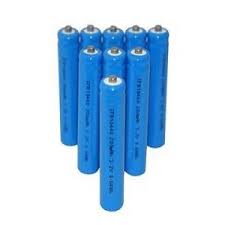
Solar lights are independent lighting units that do not need to be connected to an electrical grid to function. Solar panels absorb sunlight during the day and convert solar energy into electric energy. Solar lights contain batteries which store this electricity to light up the LED at dusk. Lead acid batteries are commonly used in traditional solar lights but modern solar lights prefer to use lithium-ion or LiFePO4 batteries.
Why aren't all streetlights powered by wind and/or solar?
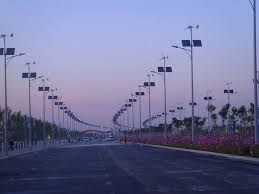
Street lights are usually installed by municipalities and the decision to transition to solar or wind energy is huge, involving budgeting and other factors. Even today, many are not very well aware of the benefits of renewable energy. Wind is not a reliable type of energy, the force of which will vary from area to area. Also, not all areas have sufficient availability of sunlight for the street lights to give out their best.
Which solar panel is suitable for LED street lights?
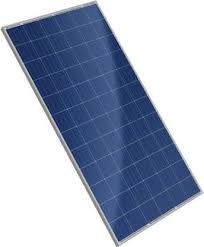
Both monocrystalline and polycrystalline solar panels are used to support solar street lights. However, polycrystalline solar panels are more in demand because they are cheaper and the efficiency does not reduce with changes in ambient temperature.
What kind of batteries are used in solar street lights?
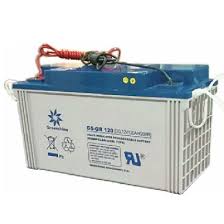
Lead acid was the popular choice of batteries for solar street light earlier as they were relatively inexpensive and were available for a variety of applications. They demand bigger solar panels for charging and the panels are required to produce 12 V to charge the batteries, hence their effectiveness is not at their best during cloudy and rainy days. Modern solar street lights consist of 3.7 or 3.2 volt lithium ion or LiFePO4 batteries so the solar panels do not need to produce a lot of current to charge these batteries. They are compact, have a longer lifespan and demand hardly any maintenance.
Do solar lights last forever?

All the components used in solar lights have a long shelf life. The batteries come for four to five years before having to replace. The LEDs used in solar lights have a lifespan of around 50,000 hours and the solar panels have a life expectancy of around 25 years. With regular cleaning and maintenance, you can make your solar lights last longer.
Do outdoor solar lights work in cloudy climates?
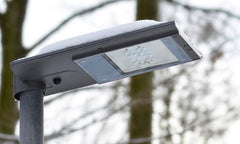
Solar panels are capable of converting any available sunlight into electricity to illuminate the lights. Lithium ion and LiFePO4 batteries with 3.7 or 3.2 volt are being used in modern solar street lights, hence to charge these type of batteries, the panels do not have to generate a lot of electricity. The batteries continue to charge at a slower rate even during non-sunny days and the brightness of the light may vary depending on the charge.
How many watts are needed in one street light?
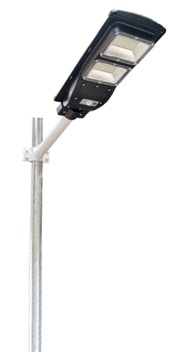
Solar street lights are available in different wattages starting from 5 or 7 watts and the cost of the light depends on the wattage. You may choose the wattage based on your power requirements. Solar street lights with lower wattages are suitable for smaller properties while streets, roadways and public spaces can benefit more from solar street lights with higher wattages.
Is it possible to turn off solar lights?
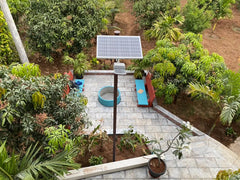
Some of the solar lights are built with turn-off options. However, most of the solar street lights do not have this choice because it is always better to charge and discharge for longer battery life.
Which top 5 solar products help me in remote villages?
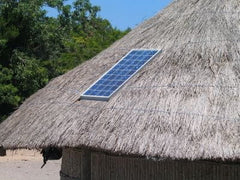
All solar lights can be installed in remote villages without many challenges. Solar street light: Remote villages can benefit a lot from solar street lights as they require no cable connections or electricity powered through them. Streets, roads or any public spaces can be illuminated with the help of solar street lights. Solar garden lights: If the residents in the remote areas would like to light up their residential properties and gardens, solar garden lights come in affordable prices. Solar emergency light: These lights are simple, easy to carry and help people to move around at night and also to light up a room for cooking, studying, etc. Solar emergency lights also act as power banks with the help of multi-function USB cables. Solar flood light: These wireless lights offer broad-angled lighting and can be placed to illuminate public meeting places in the rural areas. Solar gate light: These self-sufficient lights can be easily installed on gates, pillars and posts in order to light up building entrances along with the roads in front of them.
